Product Introduction
The custom casting engine head is made from gravity casting, also known as permanent mold casting, is significant to achieving the dimensional accuracy. Whether for racing engines, industrial power units, or automotive applications, our custom aluminum A356-T6 engine head gravity casting possesses the precision, strength, and thermal performance.
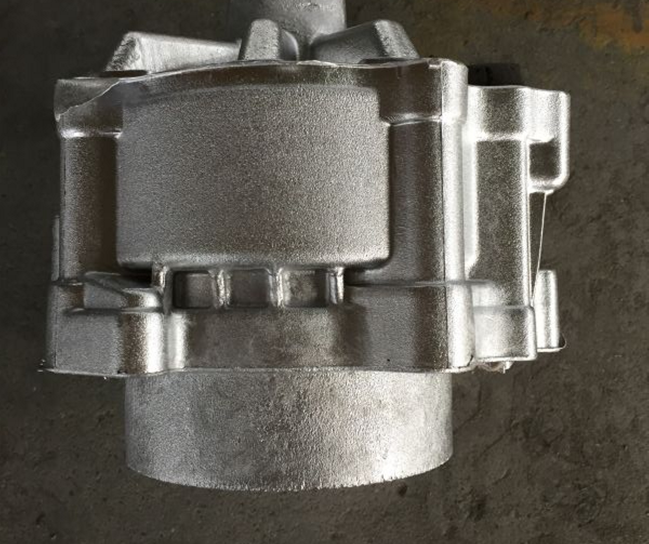
Material and process
Material advantages
A356-T6 is the material for the engine heads, it is enable to withstand the cyclic mechanical stress of valve operations and pressure after T6 heat treatment. And aluminum can dissipate heat from combustion chambers, reducing the risk of overheating and ensuring stable engine operation under high loads.
Drawings analysis
Here are the engine head 3D drawings:
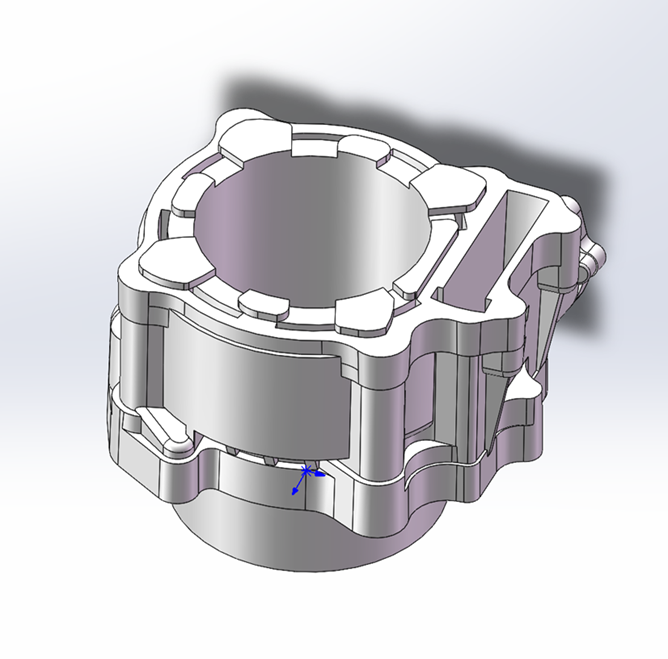
the engine head 3D drawings -1

the engine head 3D drawings -2

the engine head 3D drawings -3
Once the drawings are finalized, we begin the production for this parts, which weighs 2.4kg, with speciality in its core: the small internal cavities as those pointed by the red arrows.
Manufacturing Process
Just as its name implies, permanent mold casting needs a mold. So the mold is need to make first. Molds are precision machined by high grade tool steel. Below are the molds of the engine head:
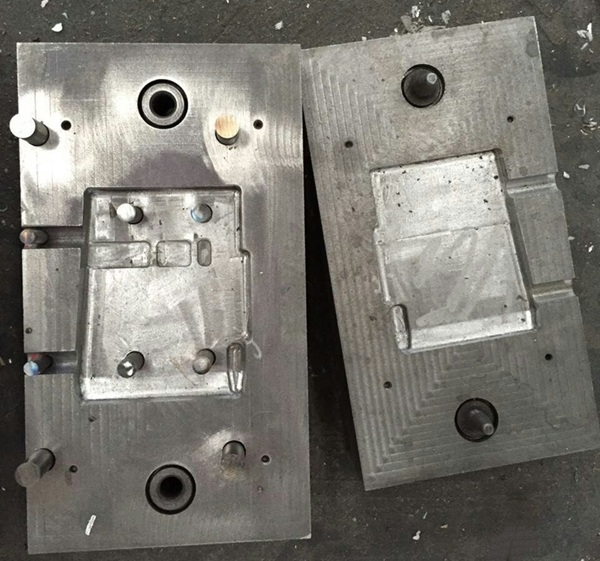
aluminum engine head mold-1
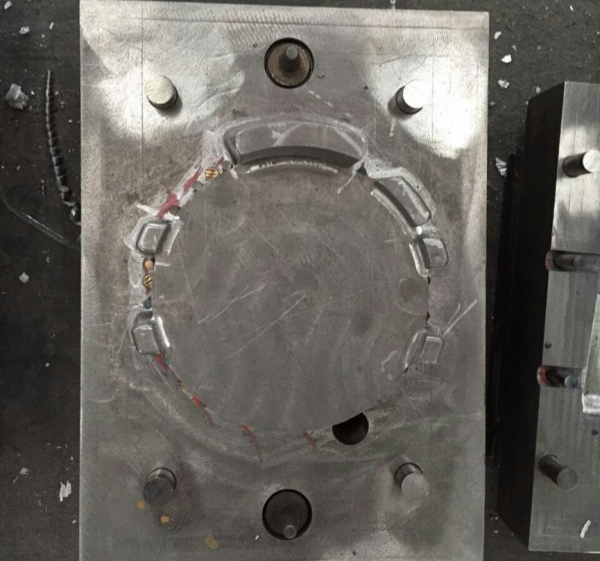
aluminum engine head mold-2

aluminum engine head mold-3

aluminum engine head mold-4
Then install the mold and test, the permanent mold is first cleaned and preheated to a certain temperature. Preheating ensures proper metal flow, prevents cold shuts, and extends mold life. The A356 aluminum material is melted in a furnace. The molten metal is then poured. Gravity guides the metal through runners and gates into the mold's cavities, filling all details. Once filled, the mold and metal are allowed to cool. Cooling rates are controlled to avoid internal stresses or defects: thicker sections may cool more slowly, while thin walls solidify faster. After solidification, the mold is opened, and the casting is removed.Below is the rough casting engine head:
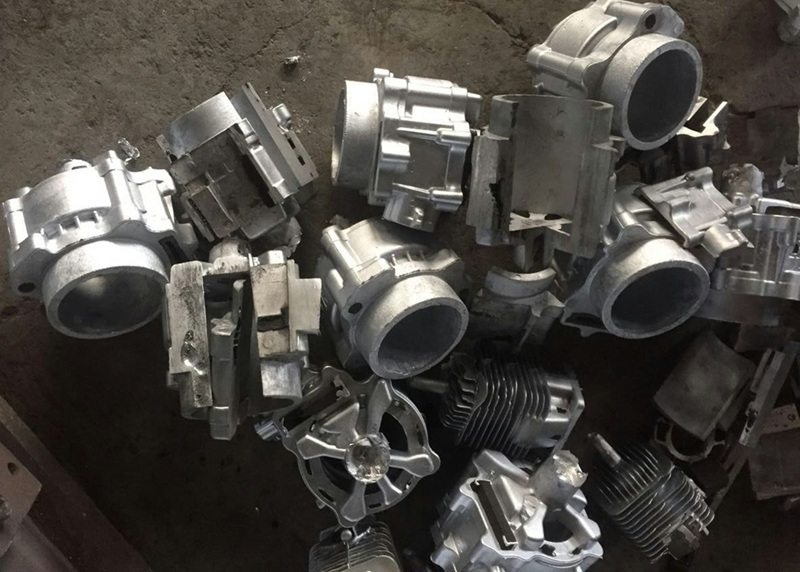
Post treatment
Post-casting steps include trimming excess material, heat treatment T6 to enhance strength, and sandblasted.
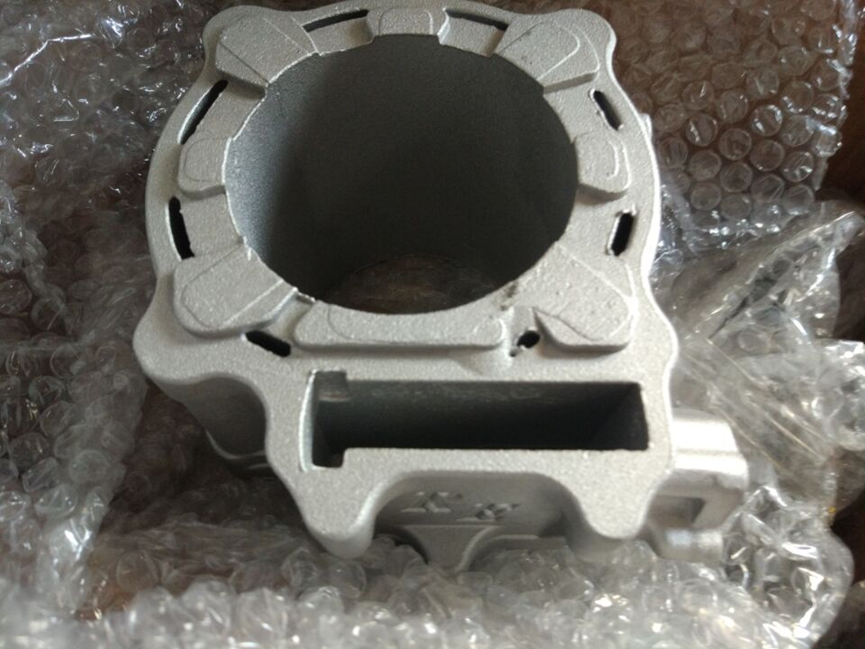
Packing
Prior to packaging, we conduct inspections on the dimensional accuracy and surface quality. For qualified products, they are wrapped tightly in bubble to provide cushioning and protection, against scratches or impacts during transit. These wrapped items are carefully placed into sturdy cartons, the cartons are securely loaded onto pallets, to ensure stability during handling and transportation.

English
العربية
Français
Русский
Español
Português
Deutsch
italiano
日本語
한국어
Nederlands
Tiếng Việt
ไทย
Polski
Türkçe
አማርኛ
ພາສາລາວ
ភាសាខ្មែរ
Bahasa Melayu
ဗမာစာ
தமிழ்
Filipino
Bahasa Indonesia
magyar
Română
Čeština
Монгол
қазақ
Српски
हिन्दी
فارسی
Kiswahili
Slovenčina
Slovenščina
Norsk
Svenska
українська
Ελληνικά
Suomi
עברית
Dansk
Afrikaans
Gaeilge
Eesti keel
latviešu
Беларуская мова
Български
Català
Lietuvių
Lëtzebuergesch
Македонски










































